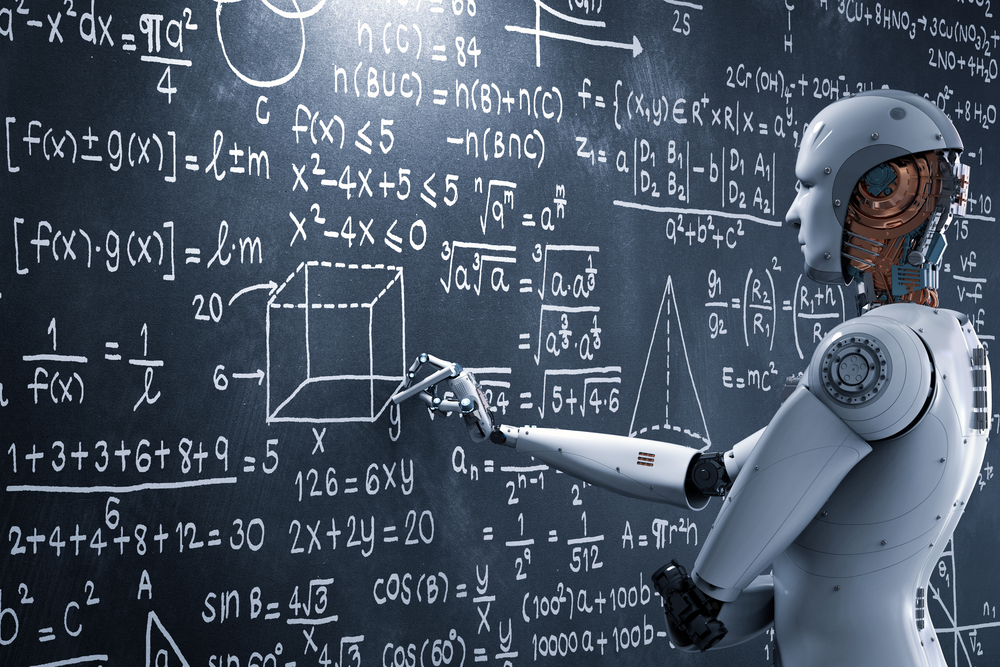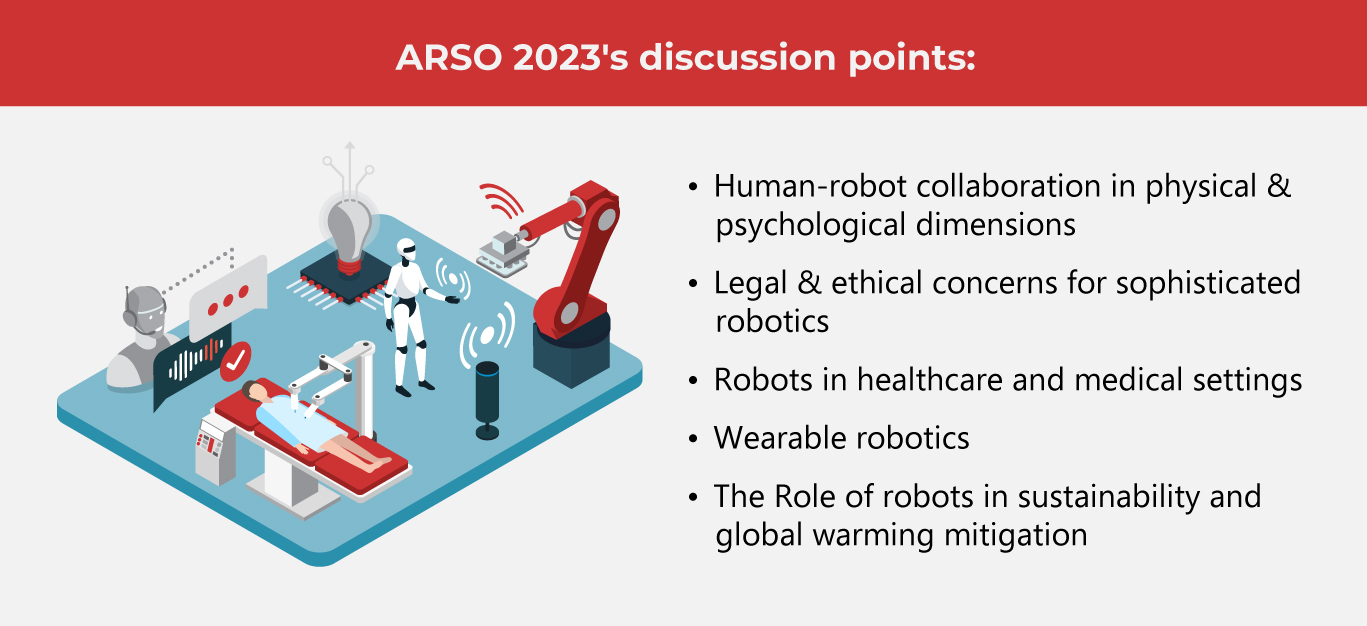The Rise of Robots This 2023

From sci-fi movies and books, robots have crossed over to real life. In 2023, these hard-working machines are making their presence felt across more and more industries, optimizing resources and boosting output.
Robots are fast becoming industry essentials, not only in corporations but also in small enterprises. According to the Frankfurt-based International Federation of Robotics (IFR), the global stock of functional robots has hit an all-time high of 3.5 million this year. Proof of increasing demand is the uptrend of robotic installations, which peaked at over USD 15 billion in 2023.
Experts predict these figures will continue to rise, especially with tech trends making robots even more convenient, affordable, and user-friendly.
Top 10 robotics trends for 2023
American inventor George Devol created the first industrial robots in the 1950s. These were used to hoist heavy burdens and were mainly sold to automotive factories. Fast forward to the Fourth Industrial Revolution, and robots are no longer a workplace novelty. Now, they have become necessities that drive business growth and resilience. Here are the top robotics trends that may convince you to jump on the automation bandwagon.

Energy efficiency is today's byword in the manufacturing sector. By lowering energy consumption, organizations save on costs and improve company branding. Robots help promote greener operations by doing away with the usual assembly lines, boosting output rates, and saving time.
With these advantages in mind, robot makers are making their products even more energy efficient with cutting-edge technology. Automation commands now include energy conversion (kinetic energy into electrical power), which can be reverted to the power grid. Some robots also have power-saving features that control their energy consumption throughout the day. Thanks to linked power sensors, these robots can regulate their power supply according to their tasks' demands. This smart solution is on its way to becoming the norm in robotics manufacturing.
Off-shoring used to be the trend for companies to lower labor and operational expenses in foreign locations. However, more and more organizations are reshoring, bringing back operations to their home countries.
Reshoring makes sense, especially for heavy, customized, and time-sensitive or perishable goods, bringing them closer to target consumers. Robots make this process easier, particularly for operations that involve high-value and highly complex products. For instance, microchip production in Europe and the US is reshoring because of the specialized robots that handle them.

According to this LinkedIn article, over 85 million jobs will be unoccupied by 2030, causing industries to lose trillions of dollars in business prospects. The most affected sectors include finance, business, media, technology, and manufacturing.
But the robotics trend can help fill labor gaps, especially in technical skills and operations. Tasks that are routinary and risky for humans can be performed by robots, which are constantly increasing capacities.
For example, US-based RC Mowers use remote-controlled mowers for commercial spaces like golf courses. The grass-cutting robots navigate sharp inclines and soggy pathways, which may put human landscapers at risk.

Gone are the days when robot use was reserved for programming experts. Now, robot manufacturers are targeting a broader market, including everyday users with different tech skills and knowledge levels.
Using straightforward and intuitive software, which removes the need for comprehensive robotics programming, robots can be used by small to medium enterprises. This paves the way for more affordable robots with simpler interfaces for easy calibration, which users can do themselves.

Because of their boosted competencies, robots are no longer limited to manufacturing and distribution. Many startups are constantly thinking of robotic solutions for particular tasks. Robots are proving their worth in various fields, from food delivery services on college grounds to the use of military drones.
For instance, the Danish startup Turf Tank One offers line-marker robots for sports fields. Here, customers can make or customize their layouts in a drag-and-drop app. The pre-programmed robots are then released, creating line markers with the precise amount of paint at the preferred speed. This process only takes half the time of manual line marking.

A digital revolution is possible because technologies can work together, expanding their capabilities. The possibilities are almost endless when robots are connected to a digital environment like 5G networks and the cloud.
This interconnectivity can be seen in the development of autonomous vehicles. Mercedes utilized multiple sensors, radars, computing, and cameras to beef up its Drive Pilot system–which lets cars self-drive in certain areas with speeds under 40 mph speeds.
Meanwhile, Seoul Robotics also leverages the tech connectivity by enabling its vehicles to communicate with Seoul's Level 5 Control Tower. This feeds information, such as traffic lights and roadwork, to the car's software, boosting the vehicle's autonomy.

Robots may be efficient workers, but how can they adapt to changing environments and needs? Enter AI, which allows robots to be flexible while providing economical and time-effective solutions.
An example of AI and robotics at work are drones from Zurich-based Voliro. Aside from the ability to fly, these infrastructure-inspecting robots also have sensor-filled extensions that let them physically examine hard-to-reach structures such as power lines and wind turbines. Robots can perceive different objects, optimize their movements, and acquire new tasks and behaviors through AI.

To minimize e-waste, global manufacturers are thinking of ways to revive used robots. Companies like KUKA and Yaskawa provide repair centers for their products, making sure that these are located close to their customers. They also offer to restore and upgrade robots using energy-efficient resources. While these practices support the environment, it also increases customer satisfaction because of cost savings.
Also read: How Circular Manufacturing Can Save the World

For robotics to truly thrive, more people should know how to manage them. To address this, experts predict increased partnerships between industries and the education sector. This will equip current and future workers with the necessary robotics skills to flourish in an era of automation.
Training should adopt an inclusive approach for all generations. The government, schools, universities, civil service organizations, and enterprises should collaborate to spread skills and knowledge.

Cobots or collaborative robots directly interact with humans within a common space or in close proximity. Manufacturers hesitant to employ bulky industrial robots may find lightweight cobots better suited to their setups. Because cobots are designed to work beside humans, they are generally agile and versatile, reducing the risk of workplace accidents.
According to Research and Markets, the cobot market is expected to hit over USD 3 billion by 2026
Robots = future indispensables
Robots are so promising that the 19th IEEE International Conference on Advanced Robotics and Its Social Impacts (ARSO 2023) have dedicated three days (June 5 to 7, 2023) to discuss robotics applications and effects.

Robots are here to stay, especially in the light of ever-changing technologies. While they help businesses to remain productive and resilient, they also help the human race enjoy better safety and services today and in the decades to come.
As one of the Top 19 EMS companies in the world, IMI has over 40 years of experience in providing electronics manufacturing and technology solutions.
We are ready to support your business on a global scale.
Our proven technical expertise, worldwide reach, and vast experience in high-growth and emerging markets make us the ideal global manufacturing solutions partner.
Let's work together to build our future today.
Other Blog



